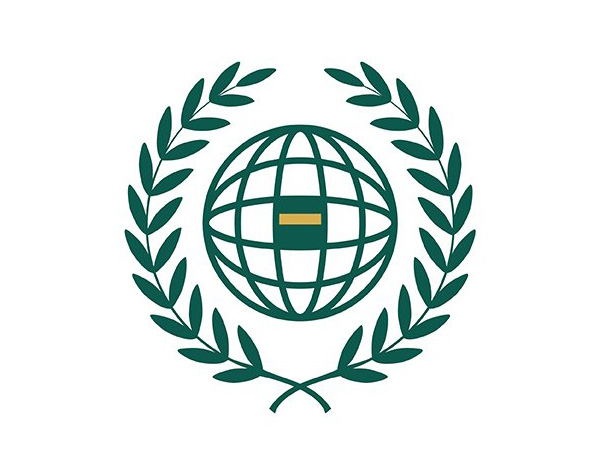India-EU dialogue on drone threats concludes with commitment to collaboration
Feb 08, 2024

New Delhi [India], February 8 : In a significant step towards addressing the challenges posed by Unmanned Aircraft Systems (UAS) and drones, the first India-EU track 1.5 dialogue on current and emerging threats was successfully concluded in the national capital on Thursday.
The discussions delved into various aspects, including the use of 'off-the-shelf' drones by extremists and non-state actors.
Both India and the European Union expressed their commitment to continued collaboration on UAS-related issues, emphasising the importance of learning from each other's experiences and expertise.
The collaborative effort aims to enhance preparedness and response strategies to mitigate potential threats associated with the evolving drone landscape.
"1st India-EU track 1.5 dialogue on current and emerging threats associated with #UAS/#drones including 'off-the-shelf' drones by extremists & non-state actors comes to an end. Both sides agreed to continue collaborating on #UAS & learning from each other," said European Union to India in a post on X.
Ambassador Herve Delphin, representing the Delegation of the European Union to India, shared insights into the discussions, describing the day as "very fruitful."
"A very fruitful day of exchanges. #drones can be Dr Jekill and Mr Hyde: deliver public services & become criminal tools. Low cost but potentially damaging. This EU-India Seminar helped to refine ways of countering such threats," said Delphin in a post on X.
He emphasised the dual nature of drones, comparing them to Dr Jekyll and Mr Hyde, capable of delivering public services while also posing criminal threats.
Acknowledging the low-cost but potentially damaging aspects of drones, Ambassador Delphin outlined the seminar's role in refining countermeasures against such multifaceted threats.
Notably, the day-long EU-India roundtable sought to better understand the range of current and emerging threats, particularly those involved with consumer-grade UAS technology. Participants from the EU and India also discussed best practices regarding regulatory, tactical and investigative responses to addressing UAS threats in both regions.
Commercial UAS has been developing rapidly in recent years, both in terms of technological sophistication and consumer availability. Violent extremists have exploited these inexpensive and adaptable consumer devices for different purposes, including reconnaissance and violent attacks, according to an official release.
This roundtable is part of a series of ongoing counterterrorism engagements between the EU and India, building on recent activities under the EU project Enhancing Security Cooperation in and with Asia (ESIWA). In the field of counter-terrorism and preventing violent extremism (CT-PVE), activities have included successful chemical, biological, radiological and nuclear (CBRN) risk management training for Indian security practitioners, and moderated expert discussions on countering online extremism, the release added.
This EU-India roundtable was organised by the ESIWA project, in partnership with the National Security Guard of India, and the EU Delegation to India.
The ESIWA project is co-funded by the European Union, the German Federal Foreign Office and the French Ministry for Europe and Foreign Affairs. It works to enhance the EU's security and defence cooperation with the Indo-Pacific in four thematic areas: counter-terrorism and preventing violent extremism, crisis management, cyber security and maritime security. The project is co-implemented by the German Corporation for International Cooperation (GIZ) & Expertise France.
ESIWA's activities in counter-terrorism and preventing violent extremism (CT-PVE) aims to contribute to information exchange, capacity building and mutual learning.
In October 2023, the EU Commission issued a Communication to the Council and European Parliament on countering potential threats posed by drones. The document sets out the EU's commercial drone policy for the next several years.
The communication specifically aims to "provide a comprehensive and harmonised policy framework; build a common understanding of applicable procedures to face the continuously evolving threats possibly posed by drones; and take into account the rapid developments in technology".



















